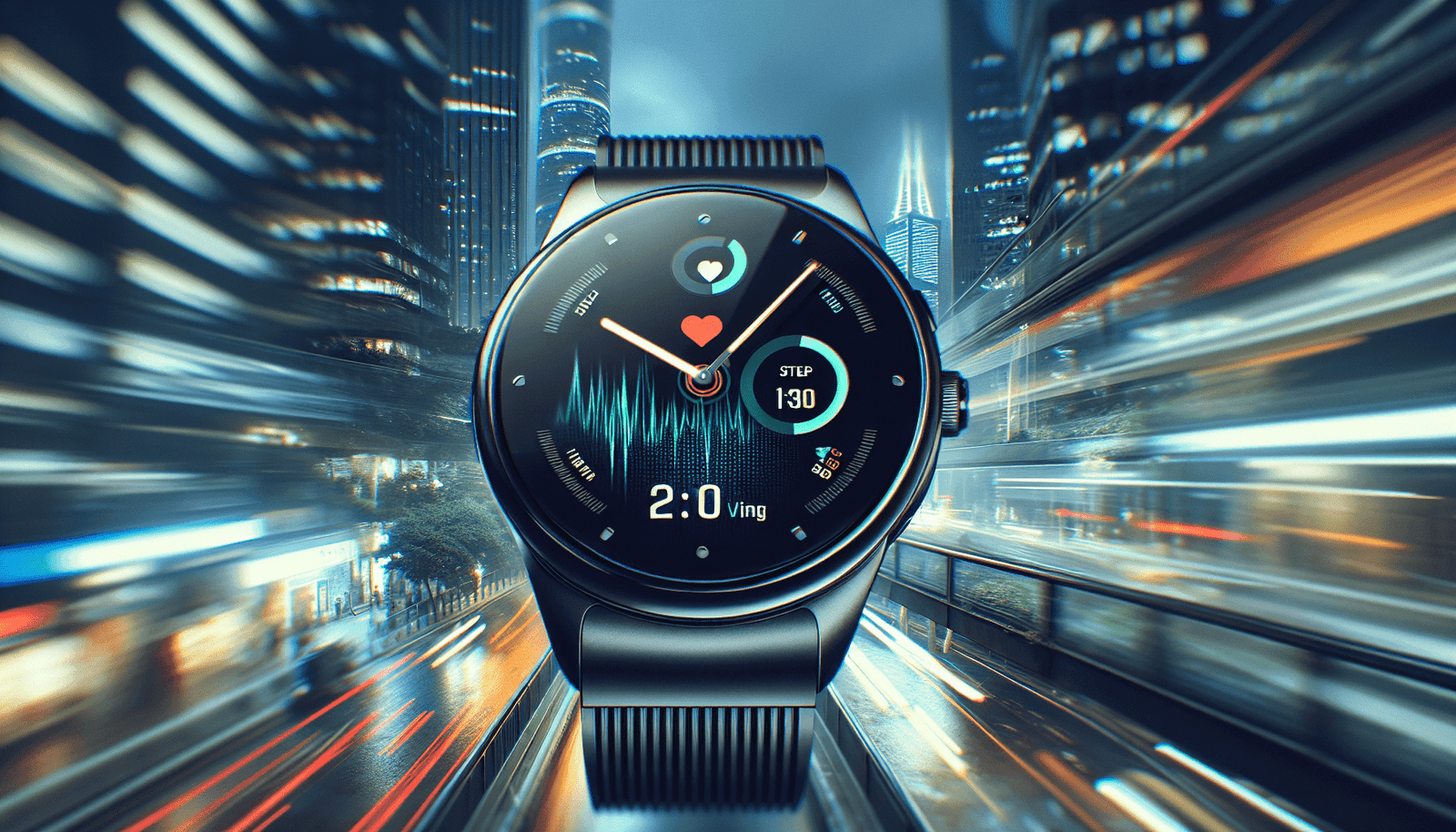How often do you find yourself relying on technology to manage your health and well-being? With the rise of smart health technology, it’s becoming increasingly common to incorporate these advanced tools into our daily routines. But what exactly does it mean to integrate smart health technology into your life? Let’s delve into this ever-evolving field and understand its implications for personal and societal health.

Table of Contents
Introduction
In an era where technology transforms at lightning speed, the integration of smart health technology stands out as one of the most promising developments. The convergence of digital tools, artificial intelligence, and healthcare offers transformative possibilities. This article explores how these technologies can be woven seamlessly into everyday life, enhancing wellness and efficiency.
Historical Context
The concept of utilizing technology for health purposes isn’t new. Since the invention of the first pacemaker in the 1950s, there has been a steady progression towards more sophisticated health technology. In the 1990s, telemedicine began to take shape, paving the way for today’s smart health technologies. Wearable devices, initially propped up by the fitness industry, became mainstream in the early 21st century, bridging a crucial gap between healthcare providers and patients in real-time.
Current Trends in Smart Health Technology
Today’s smart health technology is characterized by a plethora of innovations that are reshaping healthcare delivery. Wearable devices such as smartwatches and fitness trackers are common, offering insights into various health metrics like heart rate, sleep patterns, and physical activity. Mobile health apps are expanding their capabilities, allowing users to manage chronic diseases, schedule appointments, and consult health professionals virtually.
Telehealth has gained unprecedented momentum, mainly due to recent global health crises that necessitated remote healthcare access. This sector continues to grow, offering video consultations, remote monitoring, and even AI-powered symptom checkers that guide patients in managing their health.
Key Concepts and Definitions
To navigate this landscape effectively, it is imperative to grasp fundamental concepts and terminology. Smart health technology encompasses any digital application or device that facilitates health care services, improves health management, or boosts individual wellness. This extends to telemedicine, electronic health records (EHR), artificial intelligence in diagnostics, and wearable fitness devices.
Breaking Down the Integration Process
Integrating smart health technology into your daily routine often involves a few straightforward steps:
- Identify Needs: Assess your personal health objectives and challenges. Are you managing a chronic condition or aiming for general wellness improvement?
- Research Available Technologies: Explore tools and applications that align with your needs. Consider reliability, functionality, and data privacy.
- Consult Healthcare Providers: Engage with professionals who can offer insights into compatible technology appropriate for your health requirements.
- Trial and Adapt: Begin with a few selected technologies, monitor their impact on your health, and make necessary adjustments.
Case Study 1: Wearable Fitness Trackers
Consider Jane, a busy professional juggling multiple responsibilities. By investing in a wearable fitness tracker, she monitors her daily steps, sleep quality, and heart rate. Over time, Jane realizes that consistent exercise significantly improves her energy levels and productivity. This case exemplifies how practical applications of smart technology can deliver health benefits in a tangible manner.
Case Study 2: Telehealth in Chronic Disease Management
John, who suffers from diabetes, uses telehealth services for regular consultations and remote monitoring. This allows for real-time adjustments to his treatment based on data from his glucose monitoring device, enhancing his overall health management. Remote healthcare has reduced his need for frequent hospital visits, offering both convenience and continuous care.

Comparing Different Technologies
| Technology Type | Benefits | Drawbacks |
|---|---|---|
| Wearable Devices | Real-time data, motivation to exercise | Privacy concerns, reliance on battery life |
| Health Apps | Accessibility, cost-effective | Varied quality, potential misinformation |
| Telehealth Services | Convenience, access in remote areas | Possible reduced personal interaction |
| AI in Diagnostics | Efficient, can detect patterns early | Dependence on algorithms, error margin |
| Electronic Health Records (EHR) | Cohesive patient information | Data breaches, data entry errors |

Impact Assessment
Wearable Devices and Personal Accountability
With wearable devices, individuals become more accountable for their health behavior. Seeing daily activity levels or sleep habits in a quantifiable form can motivate changes leading to healthier lifestyles. However, it’s crucial to consider the psychological impacts, where constant monitoring may lead to anxiety in some users.
Telehealth as a Healthcare Revolution
Telehealth stands as a pivotal development, ensuring healthcare accessibility irrespective of geographic limitations. It has shown promise in reducing healthcare costs and making efficient use of medical resources. Yet, challenges persist in achieving equal digital access across various socio-economic groups.

Future Directions and Implications
Predicting Future Trends
The trajectory of smart health technology trends points towards an integrated healthcare ecosystem where AI diagnostics and personalized health treatments become ubiquitous. The potential for further advancements in biometric sensors, non-invasive health monitoring techniques, and holistic patient care platforms is immense.
Societal and Industry Implications
The adoption of these technologies suggests significant shifts in healthcare professions, patient management models, and societal attitudes towards health data privacy. It is anticipated that these changes will streamline processes, improve healthcare outcomes, and tailor healthcare experiences more closely to individual needs.

Conclusion
The integration of smart health technology into daily routines is not merely a tech-driven trend but an essential evolution in managing personal health and wellness. These tools provide unprecedented opportunities for self-monitoring, remote healthcare delivery, and proactive health interventions. These advancements empower individuals to take control of their health, making healthcare more accessible and efficient. As we embrace these technologies, the potential for improved patient outcomes and a more responsive healthcare system becomes increasingly attainable. So, how might you leverage technology for better health today?
The Future of Integrated Smart Technology: Health & Wellness
How Artificial Intelligence Is Changing Personal Health Management

